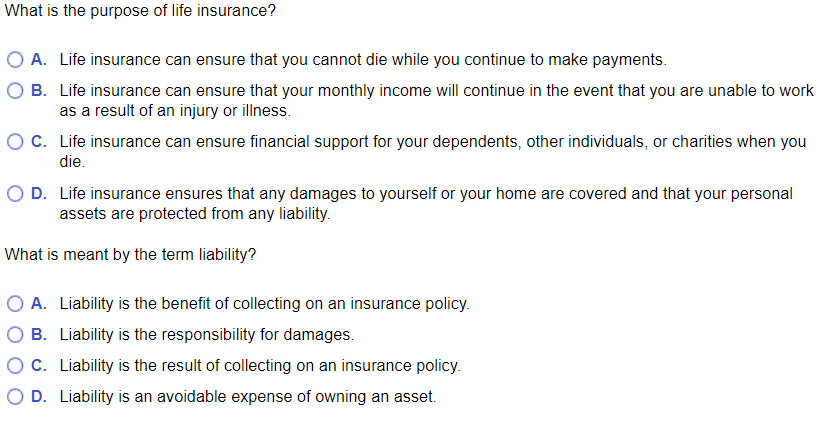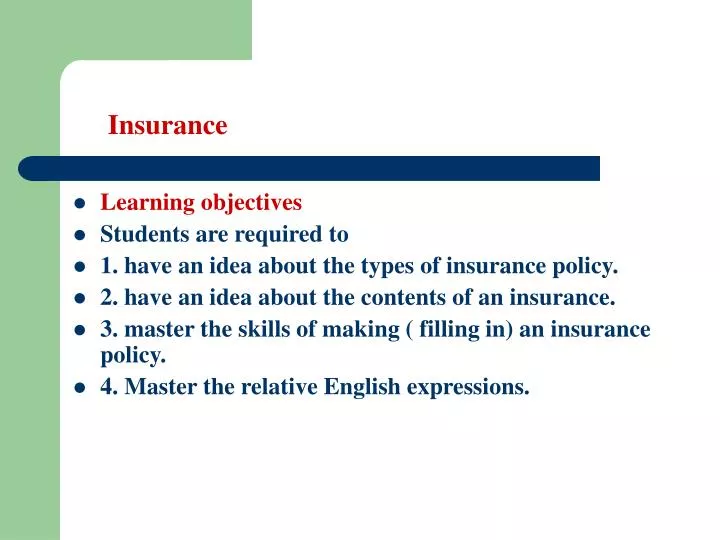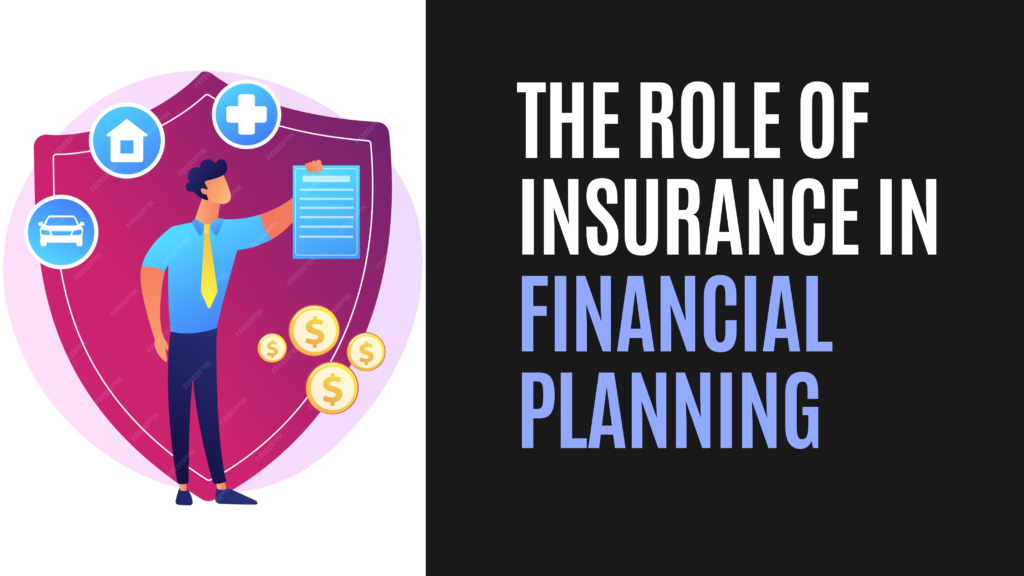Pacific Prime - An Overview
Pacific Prime - An Overview
Blog Article
Some Of Pacific Prime
Table of ContentsThe Definitive Guide to Pacific PrimeNot known Details About Pacific Prime Not known Details About Pacific Prime The 5-Minute Rule for Pacific Prime
In the majority of states, the insurer is needed to send you a duplicate of the changes to your policy. It is essential that you read Recommendations or Motorcyclists so you understand how your policy has changed and if the policy is still sufficient to fulfill your demands. To acquire a copy of your insurance plan, please contact your insurance agent or company.
The Institute of Medicine (IOM) Board on the Consequences of Uninsurance launches an extended assessment of proof that addresses the relevance of health insurance policy coverage with the publication of this record. Coverage Issues is the very first in a collection of six records that will be released over the next two years documenting the truth and consequences of having actually an estimated 40 million individuals in the USA without health and wellness insurance policy protection.

See This Report about Pacific Prime
The goal of this collection of researches is to refocus plan attention on a longstanding problem. Following the longest financial expansion in American background, in 1999, an approximated one out of every six Americans32 million adults under the age of 65 and even more than 10 million childrenremains uninsured (Mills, 2000).

10 percent of the populace make up 70 percent of wellness care expenditures, a correlation that has continued to be continuous over the previous three years (Berk and Monheit, 2001) - international health insurance. Thus health insurance coverage remains to serve the function of spreading out risk even as it progressively finances routine treatment. From the viewpoint of healthcare carriers, insurance policy carried by their patients assists safeguard a revenue stream, and neighborhoods benefit from economically feasible and steady health and wellness care specialists and organizations
Government offers medical insurance to populations whom the personal market might not offer efficiently, such as handicapped and senior citizens, and populations whose access to healthcare is socially valued, such as children and pregnant females. The supreme ends of wellness insurance coverage for the individual and neighborhoods, including work environment communities of staff members and employers, are enhanced health and wellness end results and high quality of life.
A Biased View of Pacific Prime
Staff members place medical insurance initially without a doubt in relevance among all the advantages supplied in the workplace (Salisbury, 2001). Although there have been large investments of individual and public funds to offer medical insurance, many individuals still have no insurance coverage. Regardless of considerable coverage of survey findings and healthcare research study results, the public continues to be overwhelmed and misinformed regarding Americans without medical insurance and the implications of doing not have insurance coverage.

Without question, the complexity of American health and wellness care financing systems and the riches of sources of details include in the general public's complication and skepticism about medical insurance data and their analysis. This report and those that will certainly follow objective to distill and provide in conveniently reasonable terms the considerable research study that bears upon questions of wellness insurance policy protection and its relevance.
Fifty-seven percent of Americans surveyed in 1999 thought that those without wellness insurance policy are "able to get the care they need from physicians and healthcare facilities" (Blendon et al., 1999, p. 207). In 1993, when national attention was concentrated on the problems of the uninsured and on pending healthcare regulations, simply 43 percent of those polled held this idea (Blendon et al., 1999).

They also receive fewer precautionary services and are much less likely to have regular treatment for chronic problems such as hypertension and diabetes. Persistent conditions can bring about costly and disabling issues if they are not well taken care of (Lurie et al., 1984; Lurie et al., 1986; Ayanian et al., 2000). One national study asked greater than 3,400 adults concerning 15 very major or dark conditions.
10 Easy Facts About Pacific Prime Shown
Additional evidence exists later in this chapter in the discussion of insurance and access to healthcare. https://www.4shared.com/u/V2DOm1s8/pacificpr1me.html. People without medical insurance are young and go to the website healthy and balanced and pick to go without insurance coverage. Almost fifty percent (43 percent) of those evaluated in 2000 believed that individuals without medical insurance are more probable to have illness than people with insurance policy
Voters and policy manufacturers in emphasis team discussions identify those without insurance as youths who have the chance to be covered and feel they do not need it (Concierge Novelli, 2001). Compared to those with at the very least some private coverage, the without insurance are less likely to report remaining in exceptional or excellent health and wellness (Company for Medical Care Study and Top Quality, 2001).
RESOURCE: Center for Price and Financing Research Studies, Agency for Health Care Research Study and Top quality, based upon MEPS information. Young person in between 19 and 34 are even more most likely to do not have medical insurance than any type of other age team. This is mainly since they are less frequently eligible for employment-based insurance coverage due to the nature of their job or their brief period in it.
The perception that individuals without insurance policy have better-than-average wellness complies with from perplexing the relatively young age account of the uninsured with the better wellness, on average, of more youthful persons. This obscures the web link between wellness standing and medical insurance. For those without access to office medical insurance, bad health is a prospective barrier to buying nongroup protection because such protection may be very valued, exclude pre-existing problems, or be just inaccessible.
Report this page